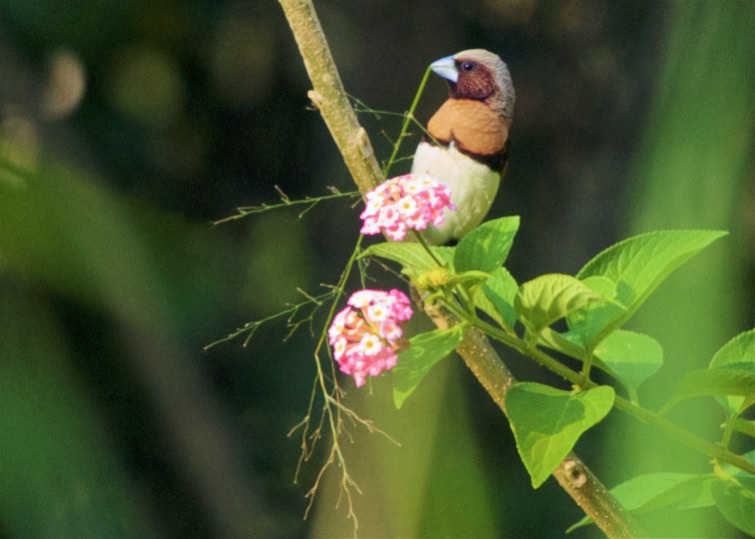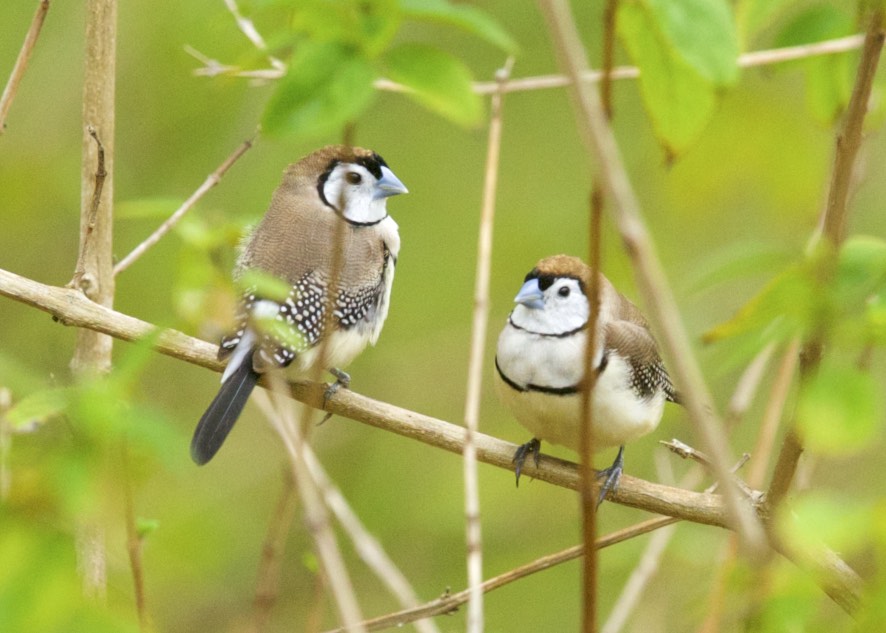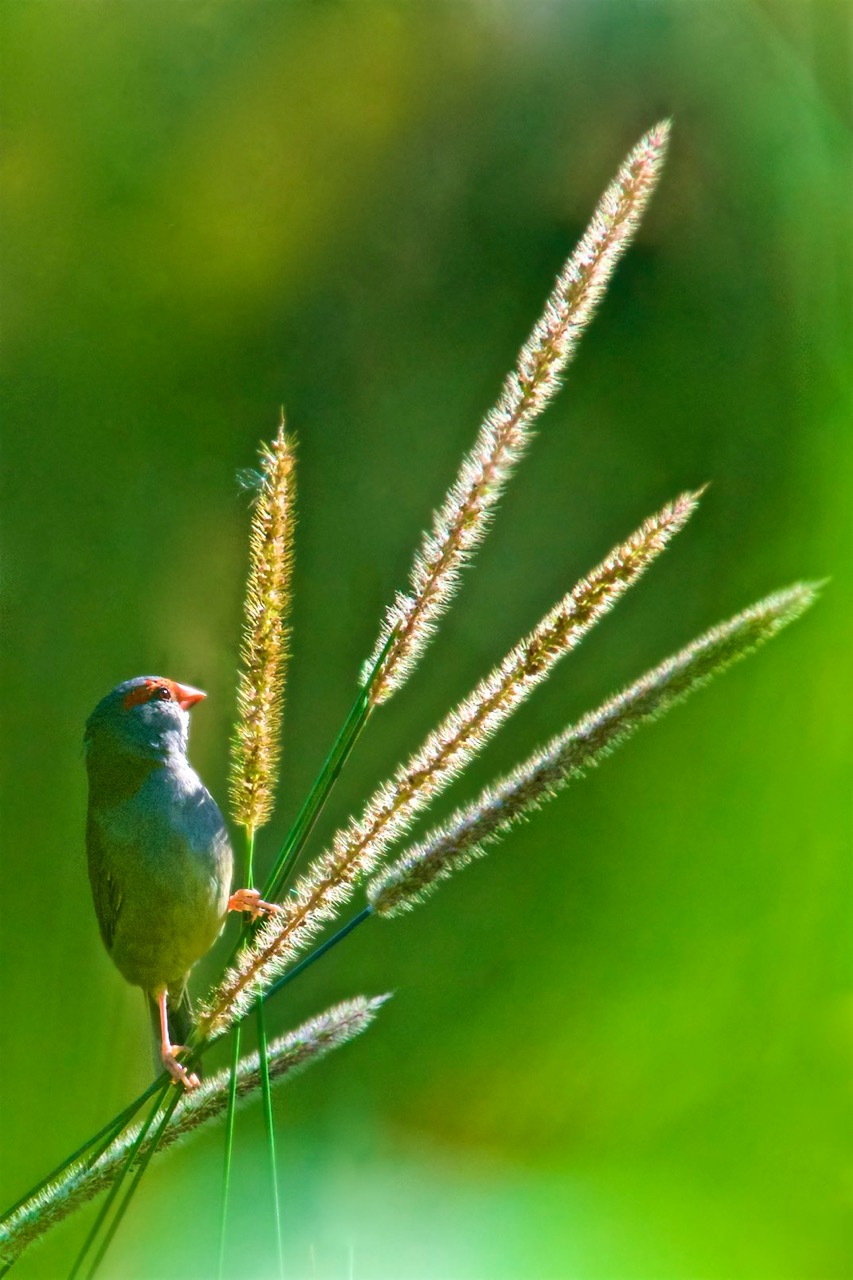When we started building on our property in Brookfield in 1973, I remember flocks of 50 to 100 “Bullies” wheeling over the lower paddocks, changing direction in unison. It was a wonderful sight!
“Bullies” was the local name for what we now call Chestnut-breasted Mannikins. The name is derived from a group of similar sized seedeaters from Europe: the Bullfinches.

Over the years we have had fluctuations in the numbers and species of finches. Early on it was “Bullies” and “Double-bars” that dominated. In recent years it has been “Red-brows”.
Last year our slashing contractor had a major tractor breakdown. Our grassed areas weren’t mowed and the grasses seeded and hayed off during the winter. For the first time in about 30 years I saw a flock of about 30 “Bullies” wheeling around in a dense flock and settling on the dry seeded grass.
We also had a resurgence of “Double-bars” too, close to the numbers I remember years ago.

Finches can breed up rapidly as they have up to six young each nesting, and can breed up to three times a year if conditions are good.
I have concluded that each finch species has a preference for different stages of the grass seed. I think the “Red-brows’ like the green and semi-ripe seed and take it live off the grasses.

The “Bullies’ seem to like the mature seed still on the stalk and the “Double-bars” prefer the dry seed which they eat off the ground. There is cross-over and each will take any type of seed in scarce times, but their numbers seems to be related to the availability of these stages of ripeness of the seed.
This year I have again allowed the grasses to ripen their seed fully and I am watching to see if my theory is correct.
You can learn more about Bullies in Jim Butler’s Feather Fascination January 2017
All photos courtesy of Ed Frazer.

